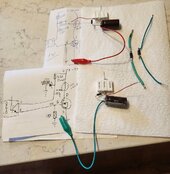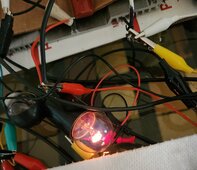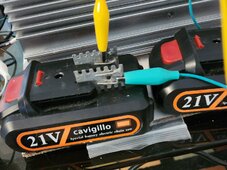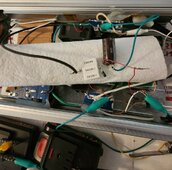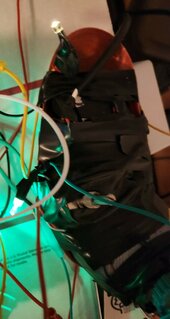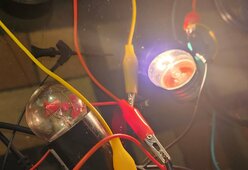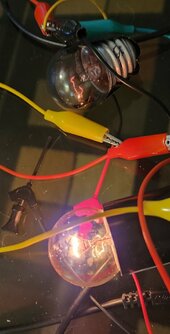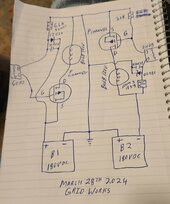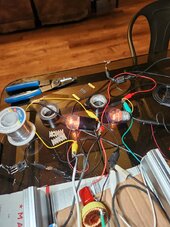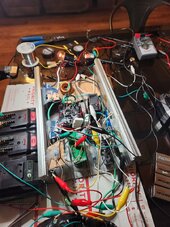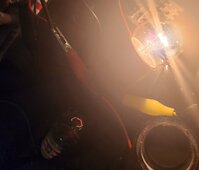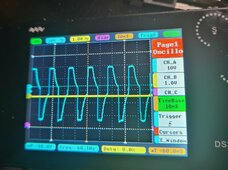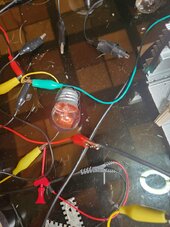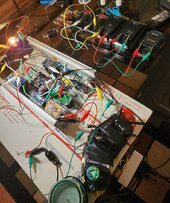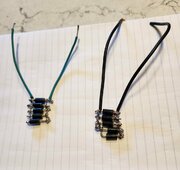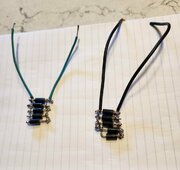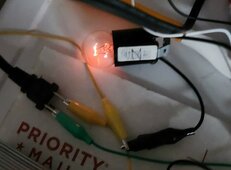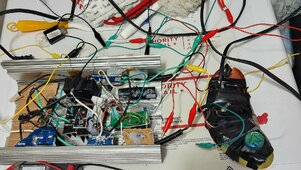GridWorks Green Solar
Solar Innovator
Making steady forward progress, tomorrow will start on the dual 12VDC power supplies.
When successful raising the input voltage should be no problem. Going to add a fly back diode to each Mosfet for inductive loads like motors to head off damage.
Can now run the inverter 24/7 off grid DC power supplies, all ready been on a couple hours now.
Definitely alot more stable.
Ohms law shows 5.2 K resistor at 180VDC will only draw 34 miliampers of power falls well within the 150 miliampers allowed. I have super nice 12 volt zener diodes.
More tomorrow
When successful raising the input voltage should be no problem. Going to add a fly back diode to each Mosfet for inductive loads like motors to head off damage.
Can now run the inverter 24/7 off grid DC power supplies, all ready been on a couple hours now.
Definitely alot more stable.
Ohms law shows 5.2 K resistor at 180VDC will only draw 34 miliampers of power falls well within the 150 miliampers allowed. I have super nice 12 volt zener diodes.
More tomorrow
Last edited:




